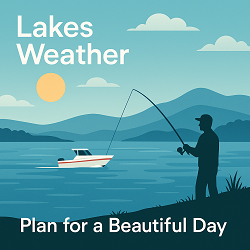Tucson, AZ Weather Forecast and Current Conditions
Current Conditions From Nearby Local Station

Feels Like 65°F
at
Point Forecast at a Glance







7-Day Temperature Trend
Week Ahead Summary
High temperatures remain relatively stable through the week, ranging from 78°F to 83°F. Dry weather expected throughout the week.
Climate Context
This week's forecast shows temperatures running 17°F above the historical average for December. Normal highs for this period are around 63°F with lows around 37°F.
This Date in Weather History
1988 - Blowing snow was reported in western Kansas, as snow and gusty winds plagued the Central Rockies and Central High Plains. Colorado Springs CO reported thirteen inches of snow. Low pressure in Wisconsin brought heavy snow to the Lake Superior snowbelt area, with 22 inches reported at Marquette MI.
Tucson, AZ 7 Day Weather Forecast Details
Sunday Dec 14

Night: Partly cloudy, with a low around 50. Southeast wind around 10 mph.
Monday Dec 15

Day: Sunny, with a high near 80. Southeast wind 5 to 8 mph becoming north northwest in the afternoon.

Night: Clear, with a low around 46. Light and variable wind becoming southwest around 5 mph after midnight.
Tuesday Dec 16

Day: Sunny, with a high near 78. Light and variable wind.

Night: Clear, with a low around 46. Light and variable wind becoming east southeast around 5 mph after midnight.
Wednesday Dec 17

Day: Sunny, with a high near 78.

Night: Clear, with a low around 48.
Thursday Dec 18

Day: Sunny, with a high near 80.

Night: Mostly clear, with a low around 50.
Friday Dec 19

Day: Sunny, with a high near 83.

Night: Mostly clear, with a low around 50.
Saturday Dec 20

Day: Sunny, with a high near 81.

Night: Mostly clear, with a low around 49.
Sunday Dec 21

Day: Sunny, with a high near 80.
About Tucson, AZ
Content from Wikipedia, licensed under CC BY-SA 3.0.
How We Provide Better Local Weather
Current conditions: We use the nearest available station to your location - including professional MESONET/MADIS and local weather stations - often miles closer than regional airports.
Forecasts: National Weather Service point forecasts predict for your specific area, not broad regional zones, making them far more relevant to your location.



